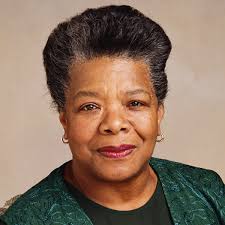
THE BURIAL OF MASSA IN THE NOVEL
The novel has its relation to the theme of adverse effects of failed leadership. The mismanagement of the affairs of government does not only lead to xenophobia but also causes severe economic hardship for the citizens. The character of Massa is identify as Nij Tackie’s wife. She is about 25years, but is already looking like a grandmother. She is terminally ill, but Nij knows no relative of hers. Nii is unable to take her to a proper hospital and on the way to a spiritualist, Massa dies. With Massa dead, and things being difficult, Nii decides to leave for Nigeria in search of his people. Simultaneously, Nii’s sister, Mama Orojo, embarks on a journey to Ghana in search of Nii. Mama arrives in Ghana after Nii has left for Nigeria. Arriving in Ghana, Mama is introduced to Joe, the Daga boss, by a policeman. Joe and Mama do business and fall in love. Mama stumbles on the fact of Massa’s death during her enquiries about her brother, Nii, at Expense Bank.
Mama does not know that Nii has married; neither does she know her sister-in-law. Her sense of decency and fairness urges her to find the body of her brother’s late wife and bury it. She travels (with Joe) to the Koforidua Government Hospital mortuary for the corpse. She carries the corpse to Sampa for burial. Thus, Massa receives a fitting burial from her unknown sister-in-law.
THE EFFECT OF EXPULSION OF ‘ALIENS’ FROM NIGERIA ON NII IN THE NOVEL:
In relation to theme in the novel, events and the actions of the characters are founded on the theme of social dysfunction. Nii is not spared the consequences of these as he arrives in Nigeria at the height of an expulsion order. Nii Tackie’s character is identify as the protagonist. He is a Nigerian born in Ghana. He has Yoruba tribal marks but bears a Ghana name and does not speak Yoruba. His sister lives in Nigeria; their parents are dead. He is an Assistant Manager of a bank in Accra.
There is a military regime in Ghana. Assets and bank accounts have been frozen and the cost of living is high; life is unbearable. Nii's wife is very ill and dies on their way to a healing centre. Nii dumps the body of his dead wife at the mortuary at Koforidua and sets out for Nigeria. Nii joins other travellers like him. He sees Aaron, an entrepreneur denied assistance by Nii’s bank is in the bandwagon. The travellers are harassed by the security forces. Nii is cheated by a cominercia!l motorcyclist. Nii's arrival in Nigeria coincides with an expulsion order. The deadline for aliens to leave is fast approaching. Nii is not recognized as a Nigerian. The fact that he has a sister at Ijase and the tribal marks on his face avail him nothing. No one listens to him and he has to be careful to avoid being arrested by the Immigration official. His new-found love dies and is buried hurriedly and secretly. The deportation order puts Nii at great risk and delays his reunion with his sister.





















